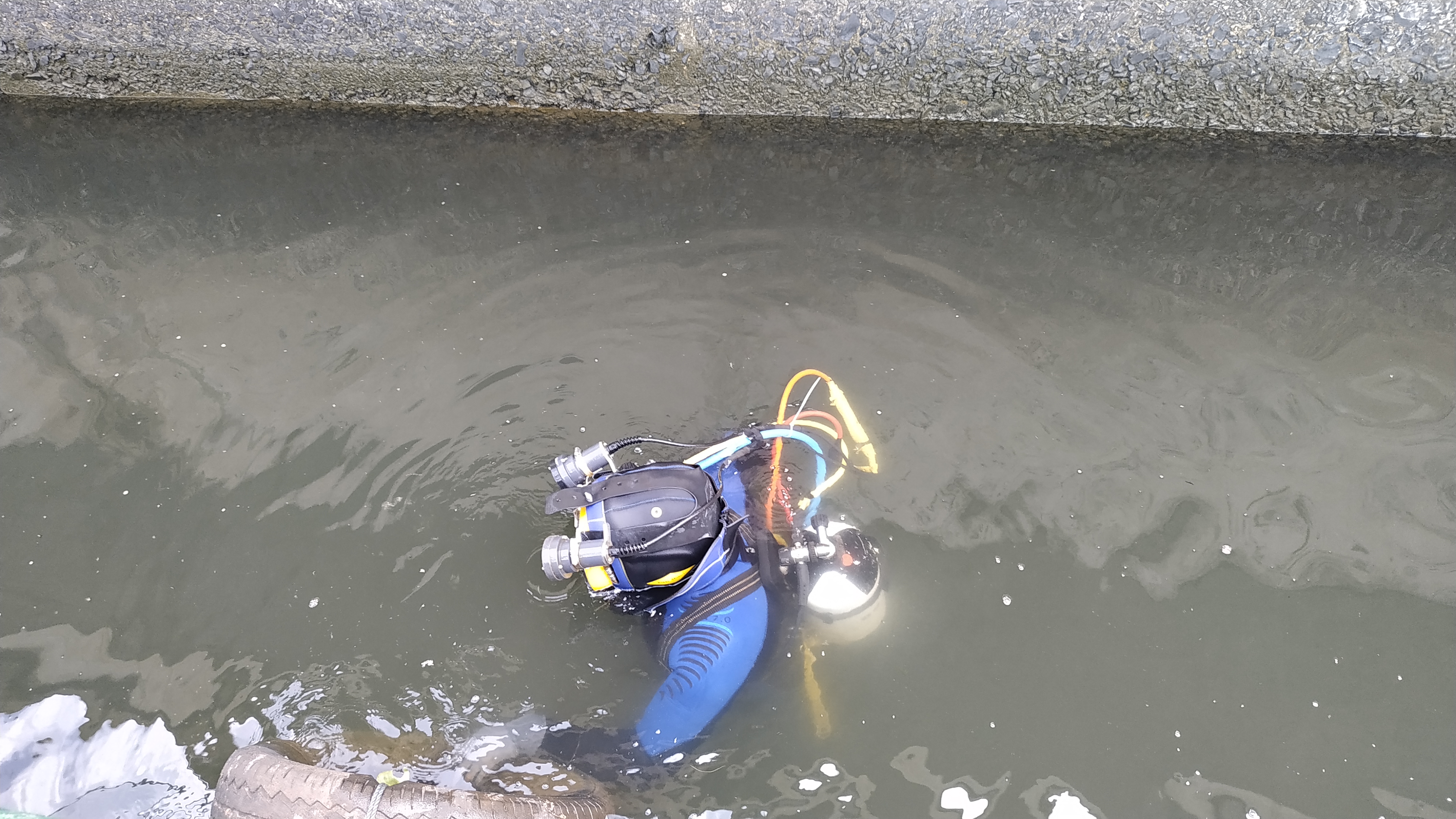
The Nalubaale main Dam, which is the foundation and backbone of all hydropower activity at the Owen Falls Complex, is a concrete gravity dam equipped with a flood sluiceway consisting of six gated sluices to regulate the river flow. A concrete intake dam is located in the indoor surface power station housing ten 18MW generating sets uprated from their original 15MW, each set provided with its own intake with gates and screens housed in the intake dam. The turbines were commissioned in stages, the first two in 1954 and the last in 1968.
The service life of any concrete structure is influenced by the physical condition of both the above water and below water portions of the structure. This requires implementing an adequate Inspection, maintenance, and repair program for the entire structure. To develop an effective maintenance and repair program for the submerged portion of the structure, the causes and extent of concrete distress or deterioration must be clearly understood. This requires a selective underwater condition survey, to obtain the necessary Information to assess the condition of the submerged portion of the structure.
The main dam supports the functioning of both Kiira and Nalubaale Power Stations. Civil structures are the foundation of all activity in a hydropower plant thus the need to be taken care of effectively. The Nalubaale dam structure is a concrete gravity dam with a maximum height of 30m and 726m in length. It consists of an intake structure maximum height of 25m and 160m in length with the east and west headrace dams on either side.
Bridge Zone (UK) in association with Interface Consulting (Uganda) were commissioned by Eskom Ltd to carry out a comprehensive sonar scanning and diving inspection of the external underwater upstream of Nalubaale Dam in 2012. They found isolated localized areas exhibiting defects which required minor to moderate remedial works mostly limited to spalling and cracking.
Leakage through cracks in Nalubaale concrete dams and seepage through voids in embankments have both operational and dam safety concerns. In the medium and long term, the concrete deteriorations would have a negative impact on the functional and structural integrity of the dam. Most corrective actions require draining the reservoir to inject various chemical and/or cement base grouts on a pattern of drill holes or placement of protective membranes.
This also improves the functioning and performance of the concrete structure, restores, and increases its strength and stiffness, improves the appearance of the concrete surface, provides permeability to water, prevents the penetration of aggressive species at the interface concrete/steel and improves its durability (Al-Zahrani et al, 2003).




